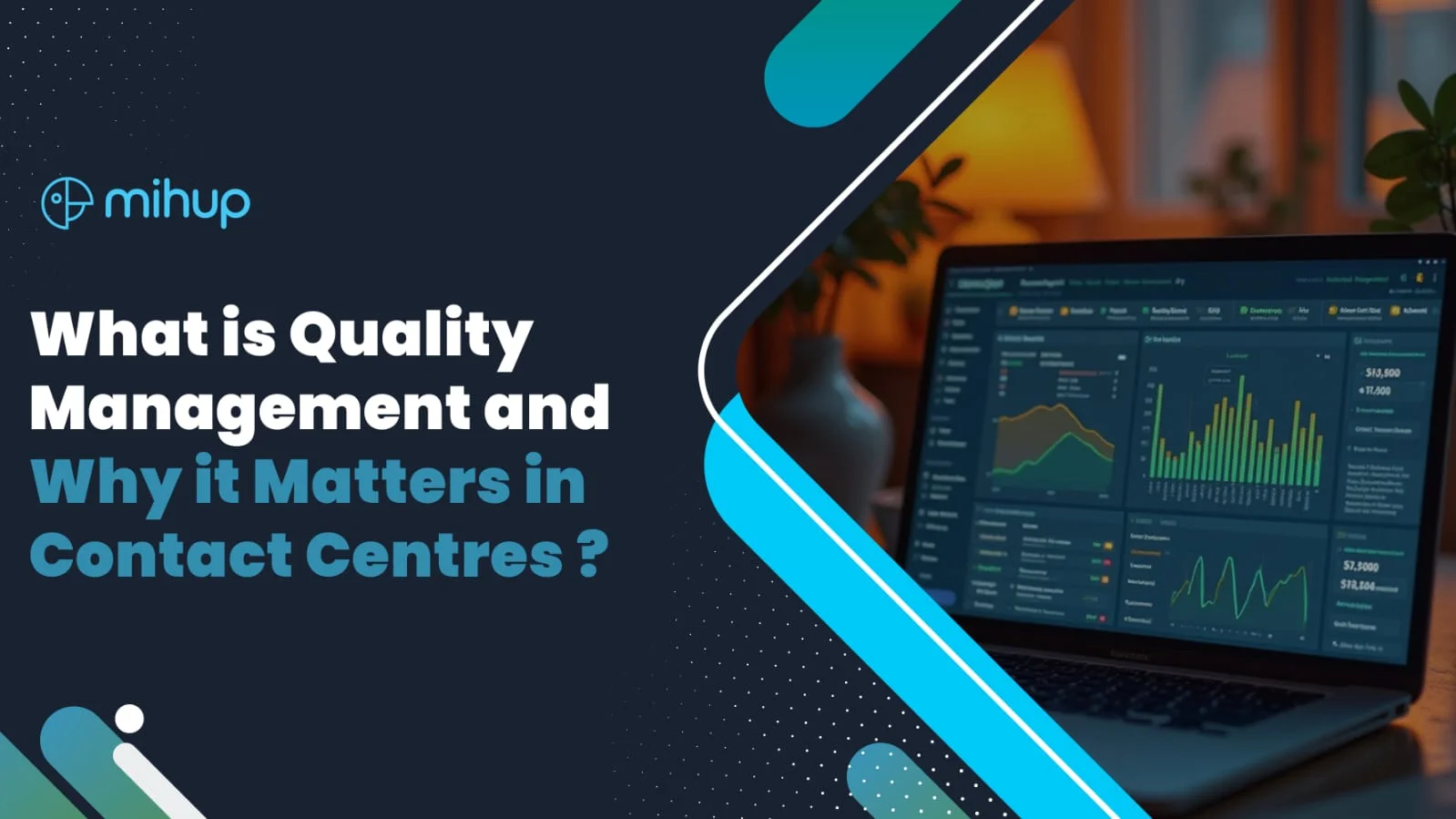Knowing what your customers go through when they interact with your business is really important. Companies use Customer Journey Mapping to see all the steps customers take, from first hearing about you to buying from you and beyond. But what if you could listen to exactly what your customers are saying? That’s where speech analytics comes in. It turns customer calls into useful information that can make their journey much better.
What’s Customer Journey Mapping?
A customer journey map is a picture of all the steps a customer takes when they deal with your company. It shows everything from when they first find out about you to when they buy something and keep coming back. The goal is to understand what they expect, find out what problems they have, and give them what they need.
Making a customer journey map helps you see your business the way your customers do. It helps you understand how they find you, why they like what you offer, and why they might come back again. This helps you plan what you offer and make sure customers have a good experience every time.
The Important Part: Hearing What Customers Say
While customer journey maps often use information from websites, surveys, and customer records, they can miss some important things. That’s where speech analytics helps. It listens to customer calls and turns them into text. Then, it looks for important words, feelings, and topics. This gives you a direct way to hear what your customers are really saying.
Think about it: every time a customer calls, they tell you what they like, what they don’t like, what confuses them, and what they need. Speech analytics can find all this out automatically. It’s like having a way to really hear your customers’ thoughts and feelings.
How Listening to Calls Makes Journey Maps Better
So, how can speech analytics help make your customer journey maps better? Here are some ways:
- Finding Problems: The article says it’s important to find out where customers have problems. Speech analytics can show you exactly where people are struggling. By listening to calls for words about being upset or needing help, you can find the parts of the journey that need fixing. For example, if many people call about “not being able to log in,” it means there’s probably a problem with logging in on your website.
- Knowing What Customers Want: Speech analytics can tell you why customers are contacting you at different times. Are they just finding out about you and asking basic questions? Are they trying to decide if they want to buy something and asking about prices? Knowing what they want at each step helps you give them the right information.
- Understanding Feelings: The article talks about building trust and keeping customers interested. Speech analytics can tell you how customers are feeling during their calls. If they sound very frustrated or very happy, it shows you where things are going wrong or right. This adds the human feeling to your journey maps.
- Checking What You Think: You might think you know how customers use your business. Speech analytics can show you if you’re right or wrong. For example, you might think customers easily find answers on your help page, but the calls might show they are still confused and need to call you. This means you need to make your help page better or easier to find.
- Making Touchpoints Better: The article mentions different ways customers contact you, like websites and call centers. Speech analytics gives you a lot of information about what happens when they call. It shows how well your agents are helping people, what problems they often deal with, and how happy customers are after the call. This can help you train your agents better, change your call scripts, and even improve your website or app.
- Making Things Personal: By listening to past calls, speech analytics can help you understand what different customers like and need. You can use this to make their future experiences with you more personal and easier.
- Improving What You Offer: The article talks about making your products and services better. Speech analytics can find out what customers are asking for or complaining about. This gives you good ideas for making your products and services even better.
Turning Voices into Great Customer Experiences
The information you get from speech analytics is useful, but it’s even better when you use it to make changes. By looking at what people are saying in their calls, you can make your customer journey maps show what’s really happening.
This helps you:
- Fix the Most Important Things First: Focus on the problems that are making customers the most upset or that they talk about the most.
- See if Changes Work: After you make changes based on what you learned from the calls, you can keep listening to see if things are getting better.
- Care More About Customers: By really listening to your customers’ voices, everyone in your company can understand them better and care more about their experience.
Conclusion: Listen to Your Customers and Succeed
Customer journey mapping is a great way to understand your customers. When you add the power of speech analytics, you get even more information that can help you make their experiences amazing. Listening to what your customers say is the key to making them happy, keeping them loyal, and helping your business do well.
Stop just looking at old information. Start understanding what customers are experiencing in real-time. Instead of just checking what happened before, think about having AI that gives you information as conversations are happening.
Enter Mihup.AI: Speech Analytics powered by Conversation Intelligence
For contact centers (online stores, banks, travel companies, phone companies, and similar businesses), mihup’s real-time analytics can change how you understand your customers’ journey.
Imagine knowing if a customer is getting annoyed while they are on the phone. This could help agents change what they are doing to make things better. Mihup’s smart conversation intelligence can look at the conversation, find the main points and feelings as they come up, and give you a live idea of where the customer is in their journey and if they are having any problems.
You get a much clearer picture of what customers are going through at that moment. This helps you not only see what happened in the past but also understand what’s happening right now. This real-time information helps the people in charge of call centers, sales, and quality checks see how customers are feeling and how agents are doing. Explore Mihup.ai!





